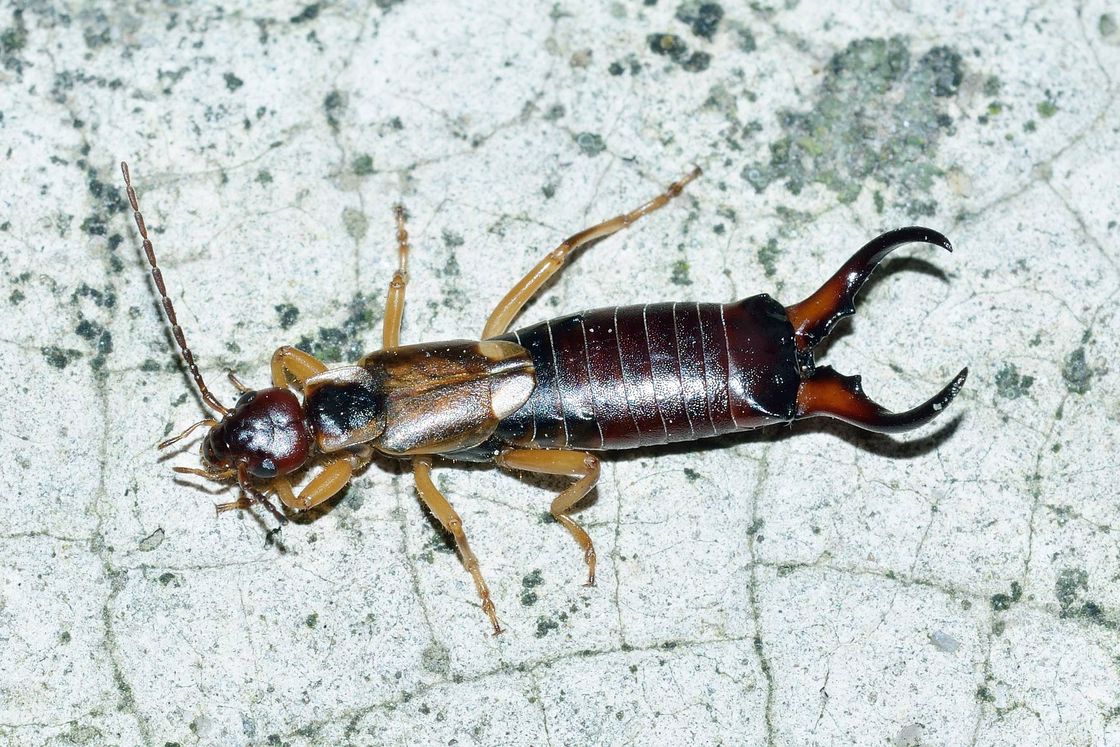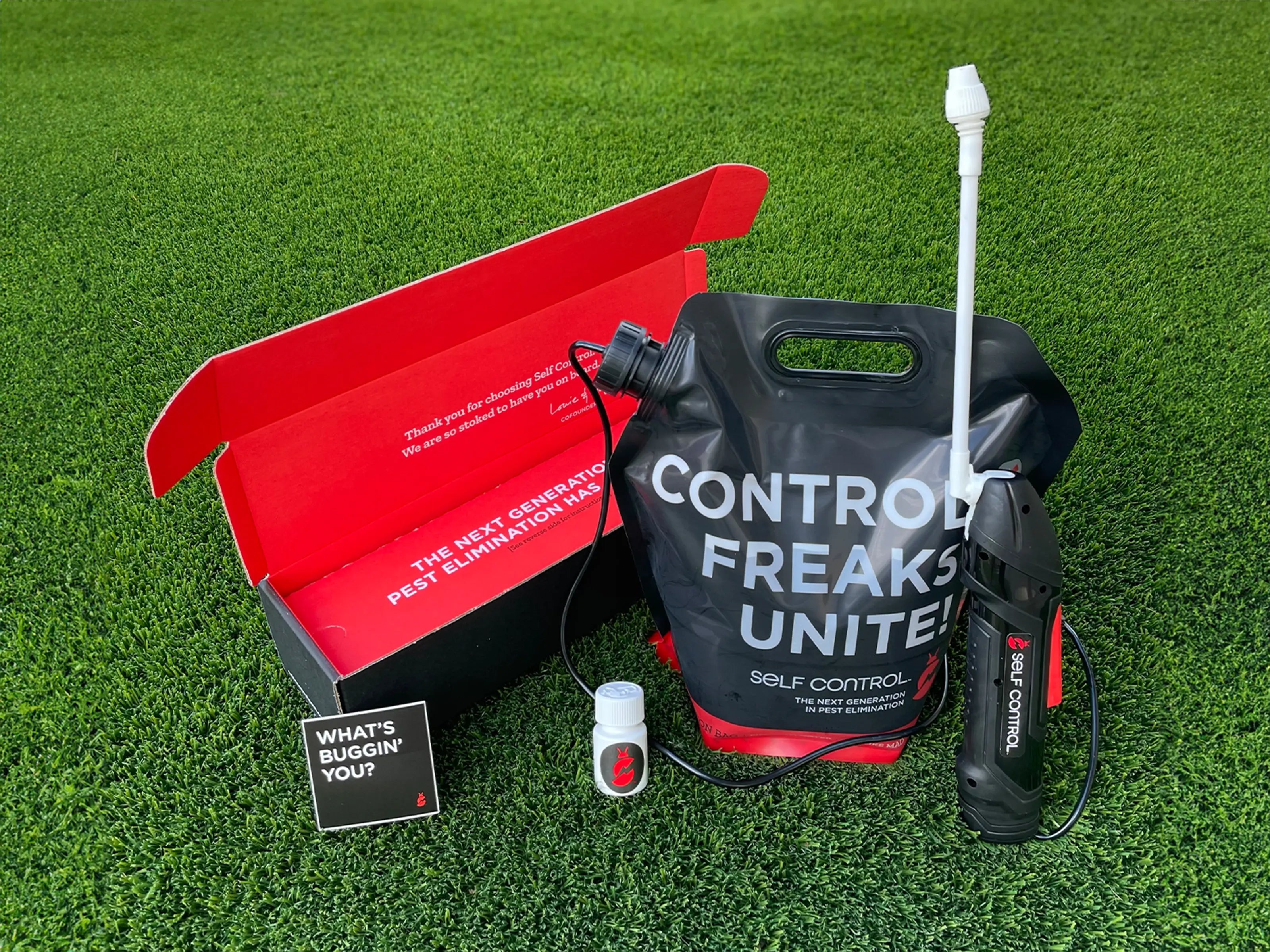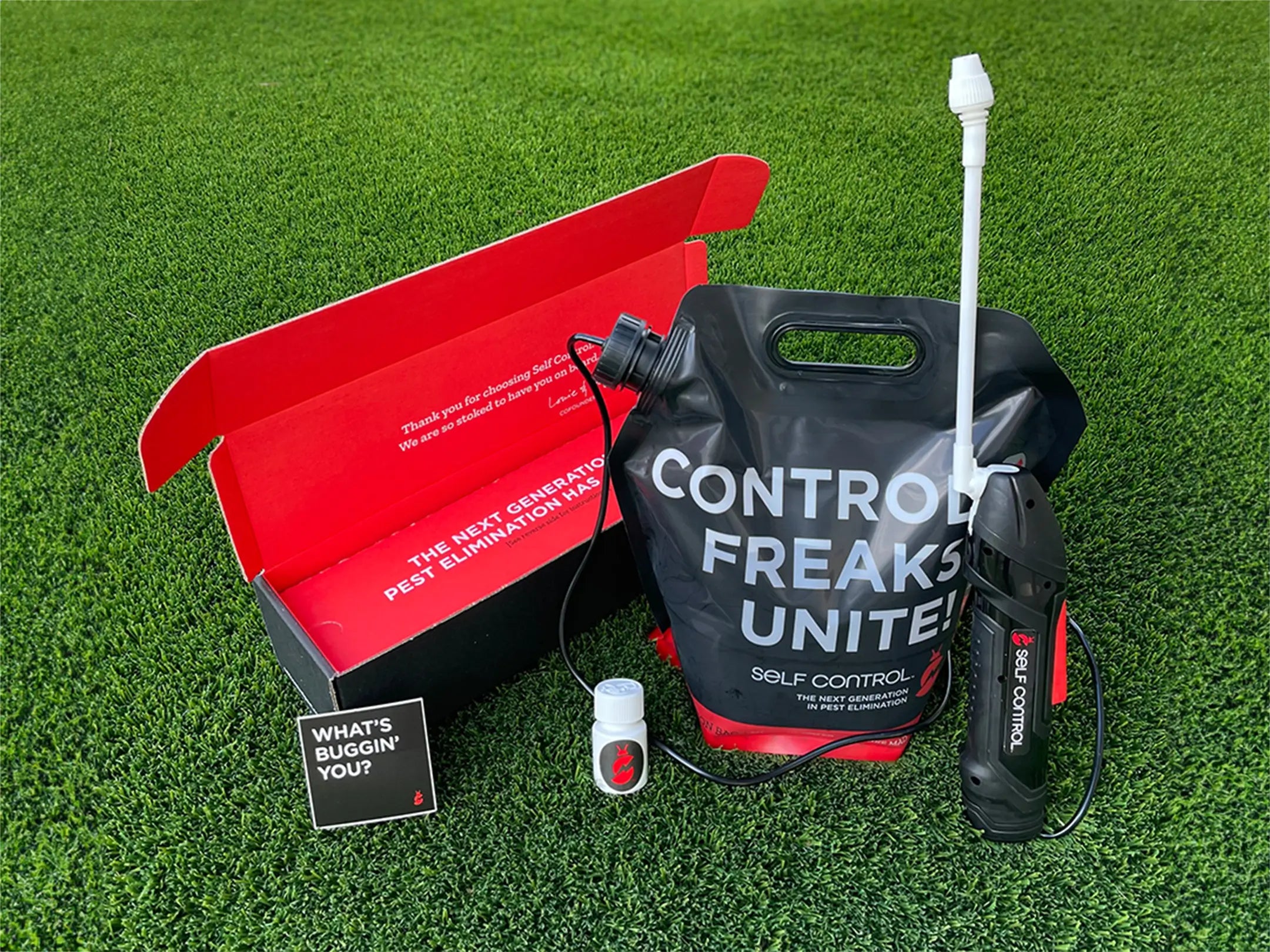
The debate on pincher bug vs termite has been going on over time among homeowners. These two pests can wreak havoc in a home if not well-monitored. Before embarking on a pest elimination process, you must understand which pest you are dealing with so as to apply an appropriate method.
Pincher Bug vs Termite Overview
Eliminating pests for the first time can be challenging, especially if you are unfamiliar with the process and the pests you are dealing with. It may be costly since you will likely purchase the wrong product that will not eliminate the pests. In the long run, the pest will continue multiplying and, at the same time, destroying your properties.

We recommend getting pest-elimination products from a reputable company that guarantees you value for money. This way, you can eliminate pests in your home without any worry. Self Control Pest is your number one shop for pest-related troubles. Our commercial grade product eliminates pests fast and our pest control product is not dangerous for first time DIYers, and is safe around children and pets.
Pincher Bug
Also known as earwigs, pincher bugs are small insects that cluster together and use their pinchers to hold on to what they are eating. These insects are mostly found outside the house and only enter any home when the temperature drops to 55 Fahrenheit. Though not all of them fly, they have wings and secrete a foul-smelling liquid to keep the predators away.
Pinchers feed on decaying plant materials and other small insects, such as ants and mosquitoes. The female lays between 25-50 eggs, and they undergo five stages before growing into an adult.
Like other nocturnal animals, pinchers like moist places, such as wet soil, rocks, mulch, or logs. If they invade your home, you will likely find them under the sink or near leaky pipes. They are also attracted to light and can become a nuisance when you encounter them in the house. Here are some of the damages pincher can cause:
- They can damage corn silk and seedlings, leading to a costly affair
- A large number of pinchers can kill seedlings and flowering plants
Termites
Termites are insects that consume a wide variety of decaying plant material, generally in the form of wood, and leaf litter, which provide them with cellulose. These insects live in colonies of soldiers, workers, and reproductive forms.
Termites live in nests that are found underground near food sources, such as under trees, wood piles, stamps, and wooden structures. At times these insects are referred to as “silent destroyers” because they can chew through your wooden structures without you noticing.
Termites quietly consume timber and build their colonies in your home, eating from the floor to the roof of a home. Though they seem tiny creatures, they can cause massive damage if ignored. There are over 2,000 different species of termite globally. This significant number needs monitoring to ensure wooden structures' safety and avoid huge losses. Here are some of the damages they can cause:
- They can damage furniture, carpets, and other soft materials by chewing through them
- Termites can damage the foundation of your home or business premise
- They are capable of destroying the roof and walls when building their nests
Comparison Between Pincher Bug and Termite
Pincher bugs and termites can be challenging to differentiate if you have never had any experience dealing with them. Here are the differences and similarities worth noting:
Similarities
- Both Pincher and termites have three body parts and six legs (insects)
- Both pincher bugs and termites prefer living in moist areas where they build their nests and reproduce
- Both termites and pincher bugs have powerful jaws they use to chew wood and other food materials
- Both have the ability to destroy properties. Termites are known to destroy wooden structures, while pincher bugs can destroy crops
- Both reproduce in large numbers to increase their survival chances
Differences
- Termites mainly feed on wood materials containing cellulose, while pincher bugs feed on plants, decaying wood, and other insects
- Termites have narrow heads, long antennae, and chewing mouthparts at the front of their heads, while pinchers have broader heads with short antennae near their eyes on the sides of their heads.
- Pinchers are dark reddish-brown, while termites are white to light brown, with translucent wings
The Major Distinguishing Factor
The primary distinguishing factor between pinches and termites is the body size. Pinchers have a larger body size measuring about a half to one inch long, while termites have a smaller body size measuring between a quarter and a half of an inch long.
When to Apply Pincher Bug Treatment
The ideal time to apply pesticide on pincher bugs is during spring and summer when they are active and reproduce rapidly. However, you can still apply treatment regularly to prevent these creatures from destroying your crops.
When to Apply Termite Treatment
The best time to practice a pest control method on termites is during the winter when these creatures are more active. However, it is advisable to stay vigilant since termites are known to destroy wooden structures rapidly.
Which Is Better, Pincher Bugs or Termites?
Both are pests capable of destroying properties. However, pincher bug infestation is better than termites’. This is because termites can cause long-lasting damage to your wooden structures and other plantations leading to costly repairs, unlike pincher bugs that only destroy crops.
Related Questions
What Smells Attract Earwigs?
Earwigs are attracted to the smell of oil and soy source. This could be an ideal way of luring earwigs to a trap. Put a small amount of soy source into a container and place it where earwigs congregate. Once they get in, dispose of the mixture plus the earwigs.
What Smell Do Pincher Bugs Hate?
Pincher bugs hate the smell of essential oils, such as peppermint, lavender, cinnamon, and eucalyptus. You can use these oils to keep them that bay. Simply add a few drops of oil to water and spray where you see them. This will drive them away.
Are Earwigs More Active at Night?
Yes, earwigs are more active at night and hide in cracks, logs, rocks, and other damp places during the day. So, the easiest way to eliminate these pests is to set a trap near these places during the night.
Conclusion
Pincher bugs and termites are insects that can destroy properties, which is why it is important to establish pest control measures immediately. What differentiates them is their size and color. As a homeowner, you need to clearly understand the similarities and differences between the two so that you can eliminate them using an ideal method.



Comments (0)
Back to Critter Chronicles